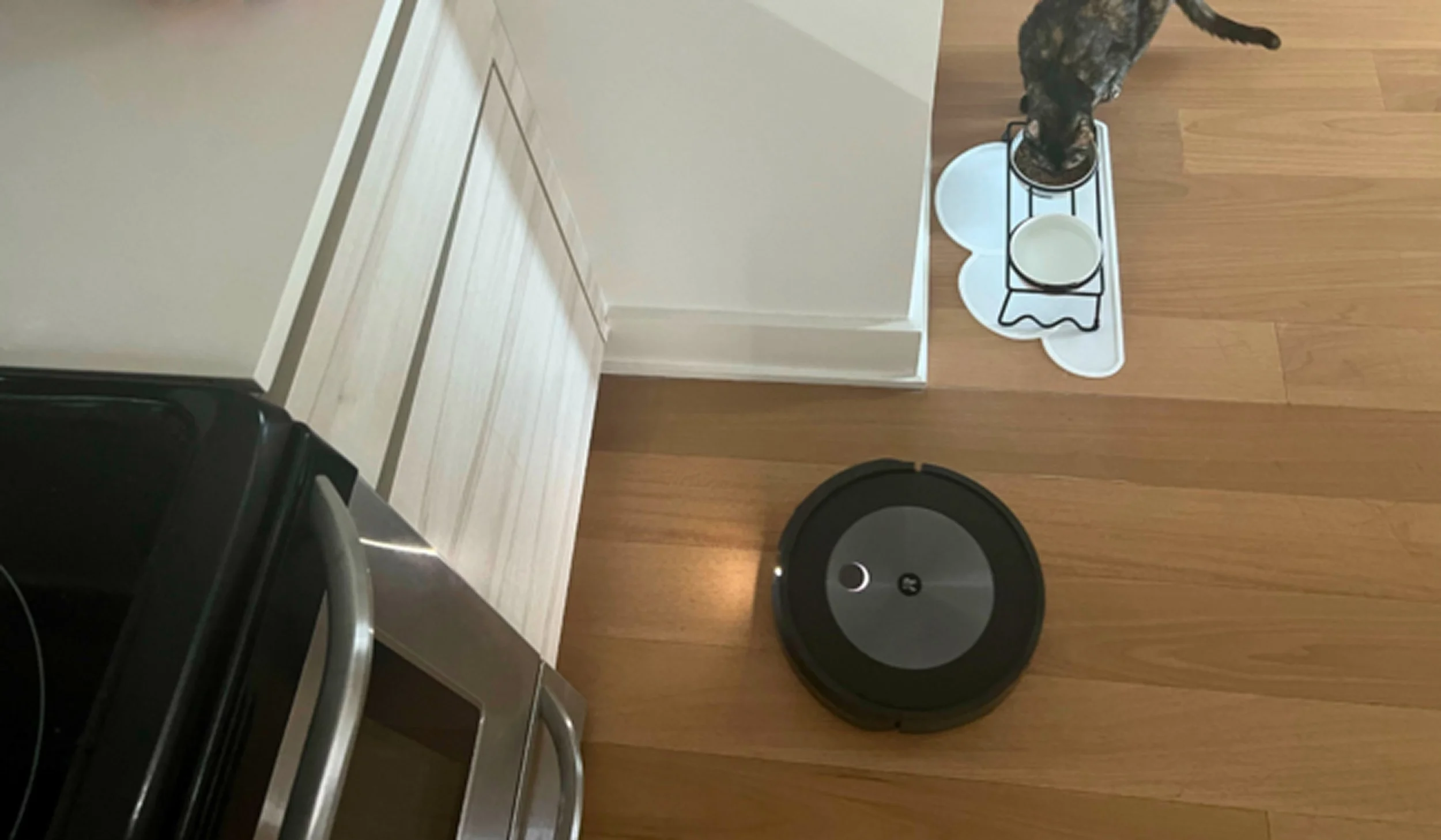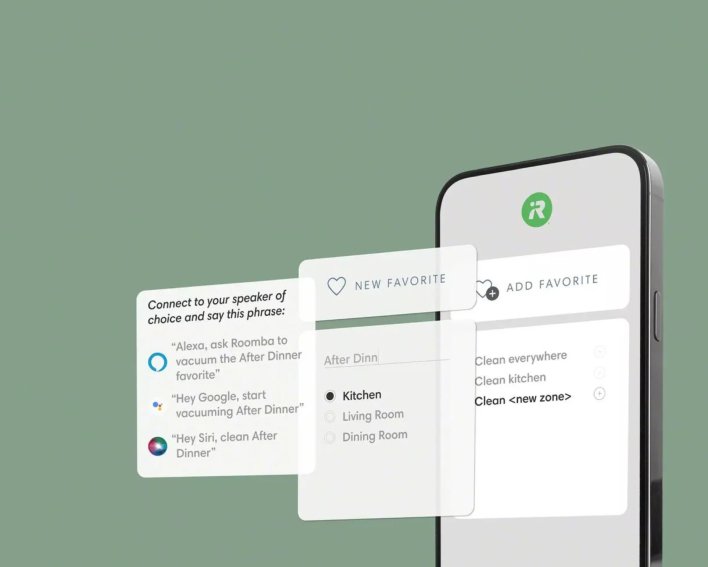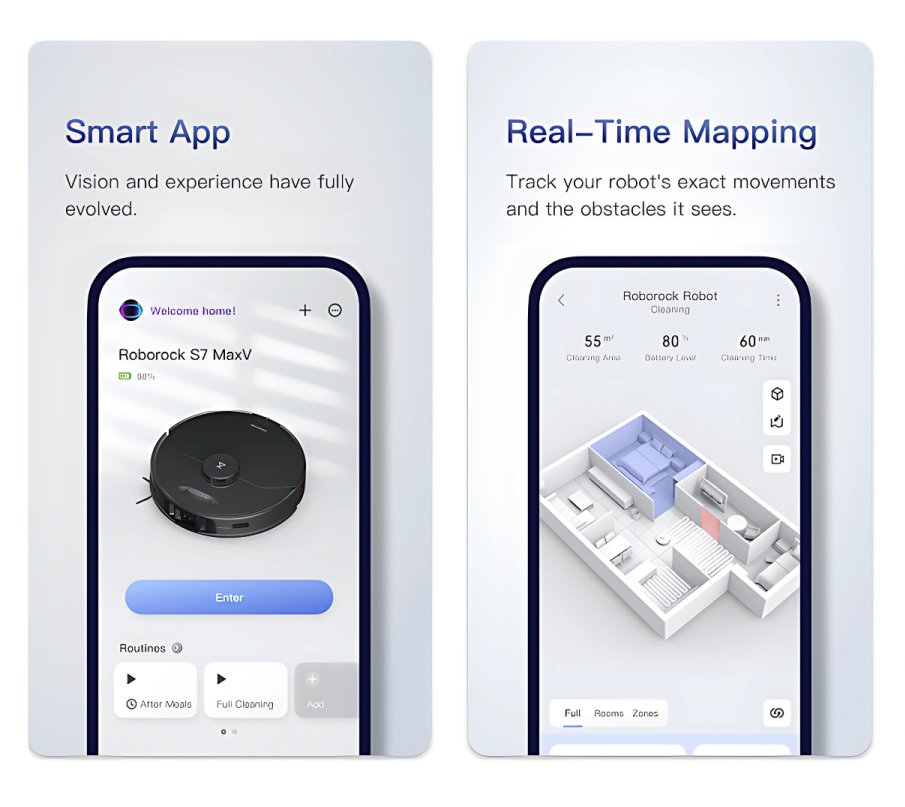iRobot
Driving design decisions for a home robot app redesign
Project at a Glance
Project summary:
iRobot, the maker of Roomba robot vacuums, Braava robot mops, and other smart home products, initially launched its legacy app with little user insight into customer needs, habits, and the role of home robots. The app also faced major constraints adding complexity and new features. I led research which drove an end-to-end redesign of the digital experience for the iRobot ecosystem.
Timeline & Team
Timeline: 5 months, in phases:
Discovery: 3.5 months/14 one-week sprints
Definition: 1.5 months/8 one-week sprints
Note: Validation UXR followed, which is not covered in this case study.
My role: Lead/sole UXR, working with 5 UXD, 2 PMs, and 3 ENG
Responsibilities:
Led all user research & testing
Methods: Interviews, usability testing, surveys, and many more
Drove design direction, strategy, project management, socializing insights, and applying results with stakeholders
Tools:
$12M+ annual revenue increase
25x growth over four years
Increased by 1.3 stars (to 4.6 stars based on 150k reviews) in the App Store
Redesigned app used by 48M users across 96+ countries
Above: Watch the promotional video showcasing the new, redesigned iRobot app.
iRobot lacked insight into how users viewed cleaning, robotic devices, and their place in everyday life.
The legacy app (shown here) felt outdated and restricted, limiting new features and enhancements that needed to be prioritized.
The Goal
Redesign the iRobot app from the ground up, beginning with exploratory research to understand users' motivations, behaviors, and preferences related to home cleaning.
A total of 85 participants took part in the research, with weekly sessions including 6 live interviews.
Each week, 3-4 participants owned robotic vacuums, while 2-3 did not but matched the target demographics for potential customers.
However, we had intense timeline constraints. The team was expected to release a major and complete overhaul of the app and digital experience by the end of the year, so all cross-disciplinary teams were moving quickly.
We adapted Google's "Design Sprint" for UX Discovery Research.
Research was planned in 2-3 days, executed in 1 day, then analyzed and debriefed in the same week.
This rapid cadence helped the team move quickly from insight to concept to testable idea - and uncover emergent patterns across sprints.
I shared this process at a lightning talk at a UXPA community event.
As the Lead UX Researcher for this initiative, I was solely responsible for:
-
RESEARCH
Led all the discovery and definition research, including live interviews and synthesis of user insights
-
DESIGN LEADERSHIP
Directed UX designers on research-driven design decisions, guiding the creation of wireframes and prototypes based on findings
-
SOFT SKILLS
Led design sprints, drove stakeholder alignment, and managed cross-functional collaboration to ensure research insights informed the entire process
Uncovering What Users Really Needed
From Their iRobot Home App
Our discovery research revealed several key insights - a few are listed below -
that shaped the subsequent definition phase:
-

1. People relate to their robot as a partner, and they see trust as the foundation of that partnership.
-

2. Routine disruptions limit the value of time-based scheduling features.
-

3. Users seek relief from both the physical and mental demands of cleaning.
Turning Research Into
Actionable Design Insights
The qualitative insights from our interviews led to the development of several personas (redacted for privacy), each representing a distinct type of home cleaner with unique behaviors, motivations, and psychographics.
These insights also helped define the iRobot app's value proposition for the first time:
The redesigned iRobot app eases the burden of floor cleaning while being flexible enough to fit seamlessly into various lifestyles, homes, and schedules.
Prototyping New App Flows and
Features to Enhance the User Experience
The foundational qualitative insights enabled me and the designers to collaboratively brainstorm features that
aligned with users' mental models of their robots' functions and preferred cleaning behaviors.
-

For instance, users indicated that trust would be built if their robot demonstrated reasonable intelligence and consistent cleaning patterns over time. This insight guided the development of actionable cleaning recommendations that users could choose to accept or decline within the app.
-

Feedback about the need for relief from the physical and mental burdens of cleaning inspired the "favorites" feature - pre-programmed cleaning tasks that could be activated with a single tap.
-

When participants mentioned that disruptions in their schedules limited the value of traditional scheduling tools, we created flexible (if/then) cleaning triggers.
The design evolved at each stage of the process, continuously integrating user feedback gathered from testing.
Testing and Iterating To
Ensure a Seamless User Journey
The addition of a "favorites" feature was entirely new and evolved throughout the app's development.
It wasn’t part of the original design, but it quickly became a well-loved element.
Understanding that users might find limited value in scheduling and triggering specific shortcut cleaning routines, we realized that providing easy access via a tap would be highly beneficial.
Ultimately, the feature was placed above the fold in the app and underwent extensive usability testing.
So What? Results & Outcomes
The redesigned app drove a $12+ million annual revenue increase, achieving 25x growth over four years and establishing itself as a category-leading experience, with its release making headlines across major news outlets.
In-store app ratings increased by 1.3 stars, reaching 4.6, based on ~150k reviews) driven by improved usability and high-value new features.
Competitors quickly followed suit (below), launching similar apps to mimic iRobot’s redesign (shown here).
-

Redesigned Roborock app (an iRobot competitor)
-

Redesigned Shark app (an iRobot competitor)
-

Redesigned Ecovacs app (an iRobot competitor)
As the lead and solo researcher, I directed all research sprints and guided the design team, conducting foundational research that shaped the app's development.
The personas and insights generated during the project were pivotal in driving the app's success and are still referenced today. This work earned me the iRobot Chairman's Award and a rapid promotion.
The redesigned app is now used by an estimated 48 million people.
Lessons Learned
Through this project, we learned that...
-

1) Discovery Insights Unite Teams:
Early user research brought the team together, expanding from a small group to a large audience throughout the project.
This alignment fostered a shared understanding of user needs.
-

2) User-Centric Iteration is Crucial:
The development of features like "favorites" showed the value of flexibility and adapting to real user feedback.
Iteration helped prioritize what mattered most to users.
-

3) The Power of Extensive Usability Testing:
Rigorous usability testing validated design decisions and refined the product before launch, enhancing the user experience.


















